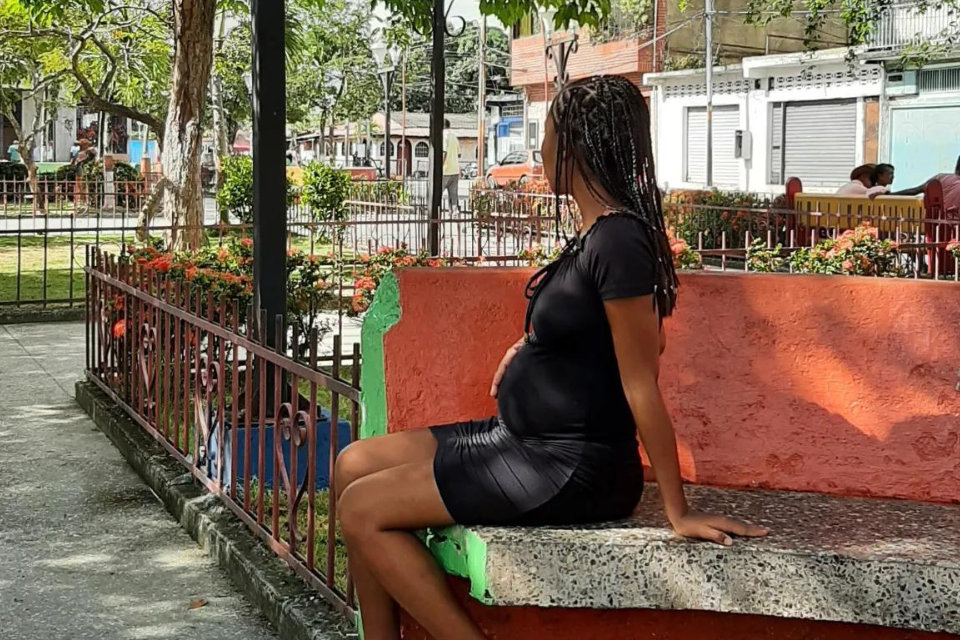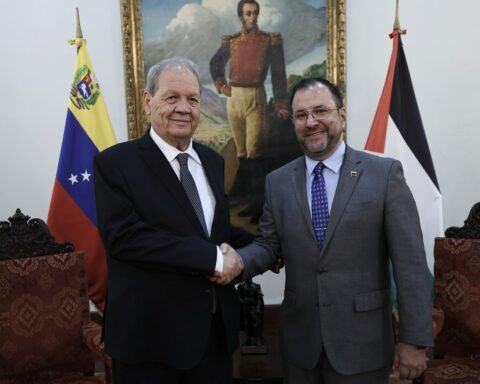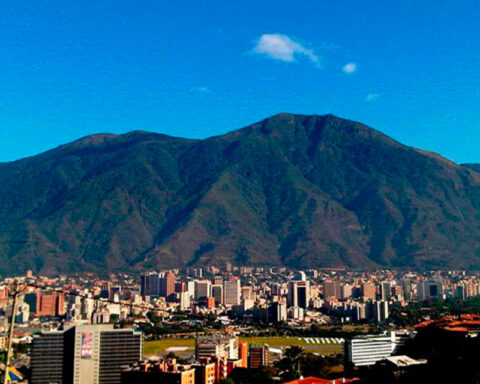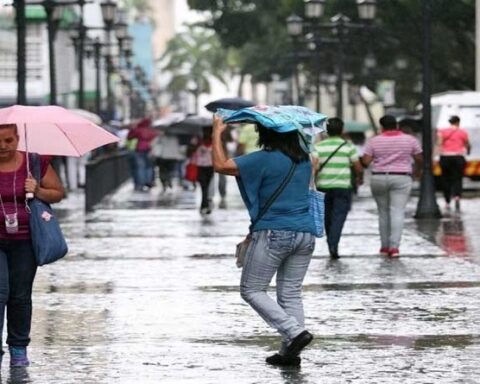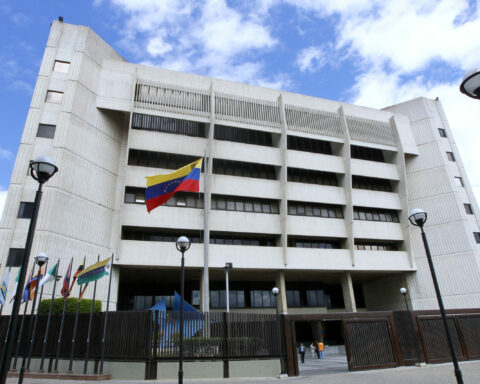To carry out the survey, Avesa took into account a sample of 411 women between 10 and 49 years of age in the most populated municipalities of Apure, Sucre and Táchira.
Only three out of 10 women of reproductive age use contraceptive methods, as reflected in a survey by the Venezuelan Association for Alternative Sexual Education (avesa) whose results were presented this Tuesday, May 30, at the Faculty of Economic and Social Sciences (Faces) of the Central University of Venezuela.
The NGO showed the results of the survey carried out between October and November 2022 in the most populated municipalities of the states of Apure, Sucre and Táchira.
The Avesa results indicate that adult women (between 40 and 49 years) and younger women (10 to 14 years) use contraceptive methods the least, reaching percentages of non-use of contraceptive methods of 73.3% and 70.2 %, respectively.
The rate of use of contraceptive methods in adolescents between the ages of 15 and 19 is 38.5, which reflects a figure slightly higher than that reported in a report made by Avesa in the Capital District and Miranda in 2020, in which the figure it was 37.9.
Regarding the use of contraceptive methods, the association expresses with concern that the use of male and female condoms is almost nil, “which shows weaknesses in the prevention of sexually transmitted infections, only in San Cristóbal was their use reported by the 18.4% of the interviewees”.
Among the contraceptive methods, the most widely used is the contraceptive pill (28.7%), followed by intrauterine devices (18.9%) and implants (18.2%).
On the other hand, only 23.8% of the women consulted have the possibility of purchasing contraceptive methods. 89.3% obtain them through public health centers, NGO associations or others.
Avesa 2023 report graphics
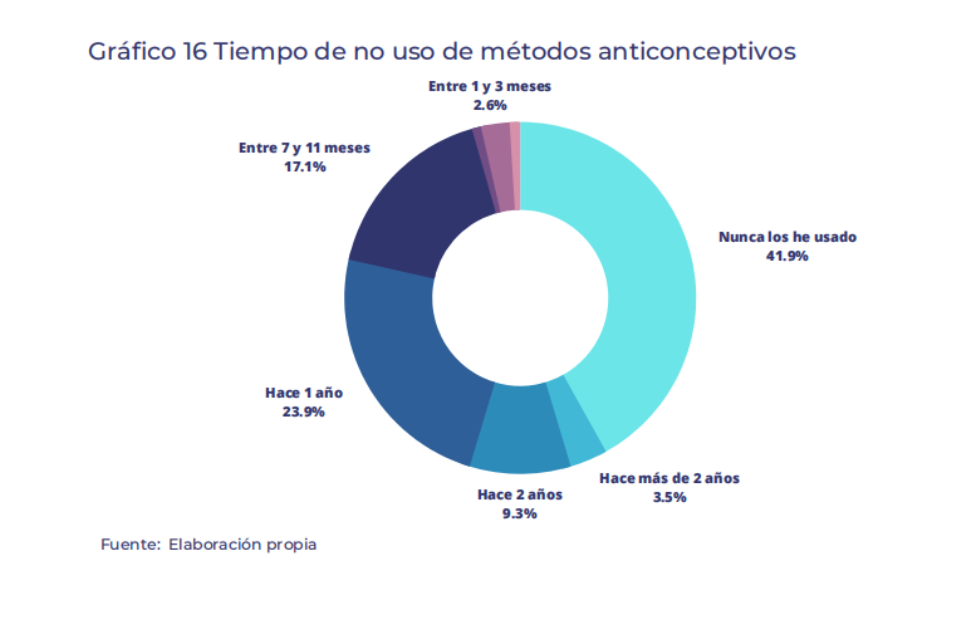
Avesa 2023 report graphics
During the study, the Avesa team found that 75% of the women consulted live in extreme poverty, with household incomes of $1.66 a day “or less than that amount,” which justifies the reason why women they have little chance of acquiring the method of their choice.
Only 2% obtain income of more than 200 dollars per month.
Adolescent fertility rate
According to the Avesa survey, the adolescent fertility rate reported by the United Nations Population Fund (Unfpa) for Venezuela in 2019 is 95 per 1,000 adolescents between 15 and 19 years of age.
“This rate is well above the regional average for Latin America and the Caribbean for the same year, which was 62 per 1,000,” the report states.
In the study carried out by Avesa in 2020, an adolescent fertility rate of 50.7 was found for the Capital District and Miranda, while in this study the fertility rate for adolescents between 15 and 19 years of age is 84.6 per 1,000 , a value very close to the rate indicated by Unfpa in 2019. “Now, the fertility rate of adolescents between 10 and 19 years old was 75.3 per 1,000,” he says.
The organization warns that the adolescent fertility rate remains high “and with it the repercussions
negative effects on their physical and mental health and on their life project. It is necessary to carry out studies to identify how many of these pregnancies may be the product of sexual abuse.
Policies that only remain on paper
Avesa assures that although there are “very beautiful” policies such as the humanized birth plan and the maternal route, these remain on paper.
According to the survey carried out, 95.1% of the pregnant women consulted do not receive constant monitoring of the pregnancy by community leaders, in contravention of what is established in the Ruta Materna strategy.
“According to the Ruta Materna Plan, accompaniment comprises a whole process at the community level
and assistance from the identification (via community census) of pregnancy to delivery. In fact, the referral to the health center must go through the community accompaniment of the entire community structure (Communal Council, CLAP Structure, Maternal Route Committee, UBCH, etc.) », he explains.
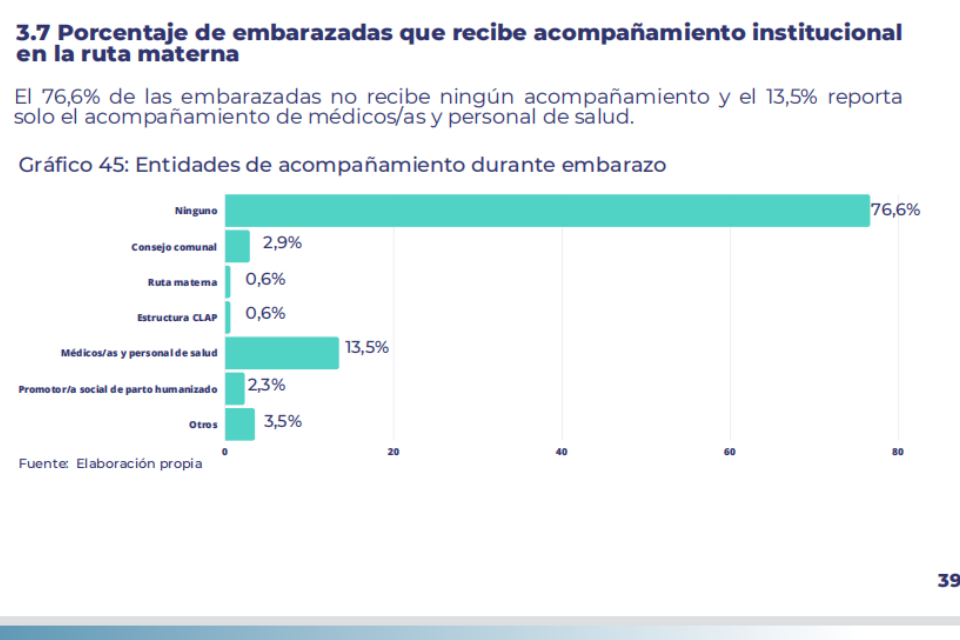
“95.1% of the pregnant women consulted have not received guidance on pregnancy and childbirth by community leaders or health personnel,” says Avesa.
To learn more about the report click here
*Read also: Having a humanized birth is “a matter of luck” in maternity hospitals in Caracas
Post Views: 39

